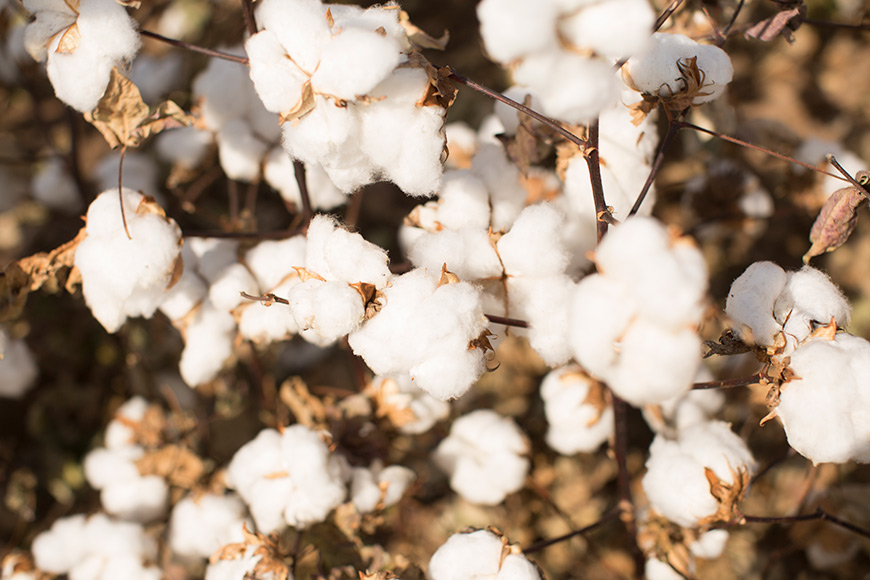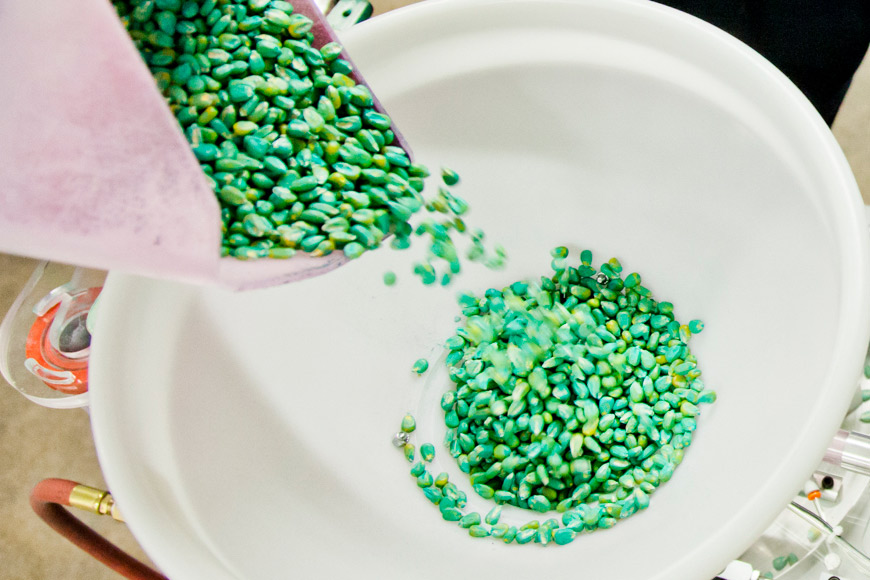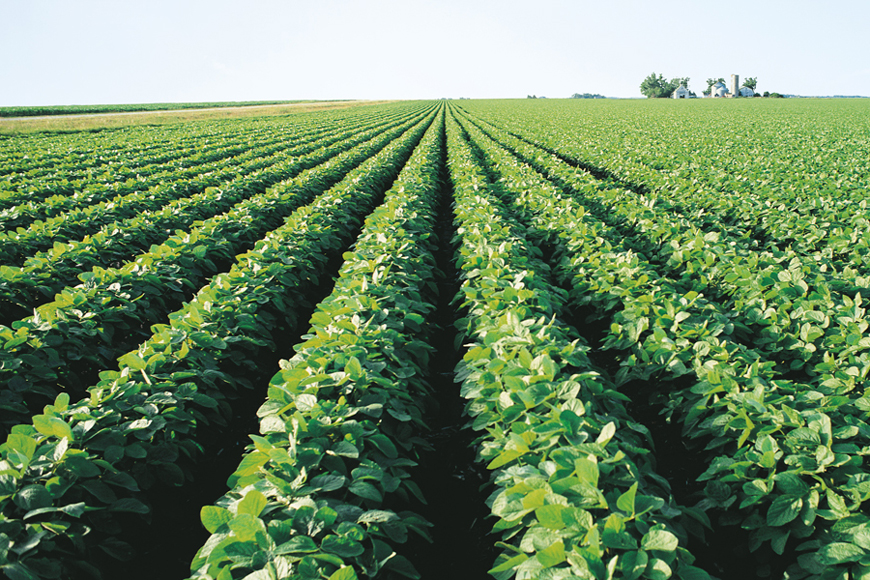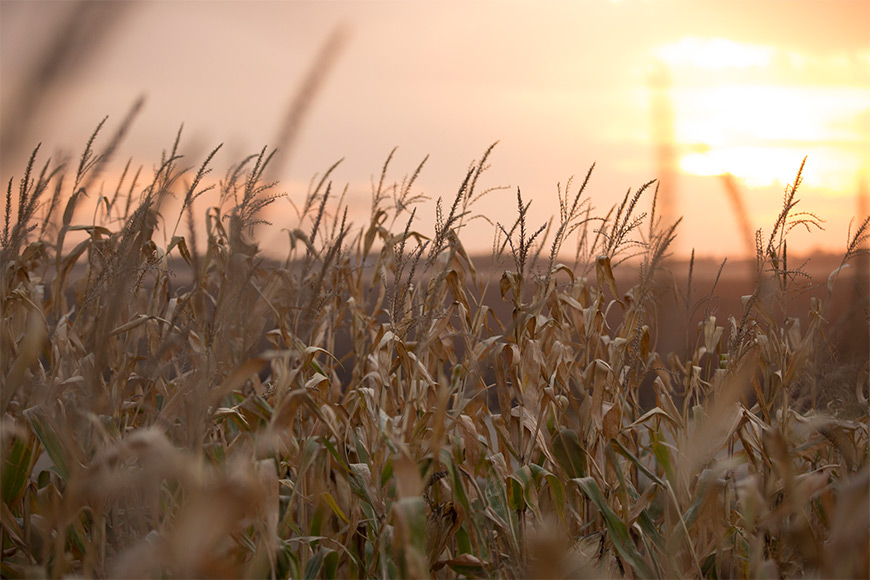Quality Is Key for 2020 Cotton Seed

Farmers throughout the Cotton Belt dealt with volatile weather patterns in 2019. Were you one of them? If so, be sure to spend some time assessing this past season — your outcomes for ROI and yield, your crop protection and nutrient program, your seed performance — and use these findings to create a strategy for 2020.
A quick weather review
Let’s take a minute to briefly recap the major weather events of 2019 and the effect they had on cotton crops.
West Texas had cool, wet conditions early on, which caused delayed planting. Several hailstorms occurred, and the season ended up being hot and dry.
The mid-South (Arkansas, Tennessee, Mississippi, Louisiana and parts of Alabama) experienced a similar cold start, which was tough on cotton seedlings. However, that cold spell broke after about a week and temps got back to normal. But the cold returned, weakening stands and making a number of replants necessary. In the Southeast — the Carolinas and Georgia — 100- to 105-degree heat during planting was the order of the day.
Even with these extremes placing stress on cotton seed, on the whole, crops turned out better than expected. The consensus was that, though yields weren’t the best ever, they certainly weren’t the worst. Here are a few ideas to consider as you reflect and look forward.
1. Select high-quality seed.
If 2020 brings the environmental highs and lows of 2019, you’ll probably be looking for seed with the ability to handle stress at planting time and to perform at a high level all season. You’ll also need seed that can deliver the yield potential and fiber quality you demand.
Cotton farmers are seeing some of the newer, improved genetics continuing to add yield and are looking for stable, consistent varieties that offer good weed and insect management. Bollgard II® XtendFlex® cotton technology continues to be an effective choice, while some farmers are moving to Bollgard® 3 XtendFlex® cotton technology for an added layer of protection against weeds and insects.
However, farmers are finding that even with good weed control traits, they still need to layer in appropriate preemergence and postemergence herbicide applications. In addition, they realize that scouting for insects is something they need to continue and that additional insecticide applications are likely still necessary. Consider doing variable-rate applications of some of your crop protection products to tailor them to the ROI and yield expectations you have for a particular field.
2. Use high management for your crop and don’t skimp on fertility.
Because of weather challenges, a higher level of cotton management was required in 2019 than in previous years. And, despite some low plant populations, many fields actually yielded well. Those that did so were ones that growers stayed on top of with a plant growth regulator (PGR).
I advise cotton farmers to apply PGRs early in the season and to keep rates consistent. In the past, some farmers have applied a PGR at high rates and haven’t gotten the best results. An important question to ask yourself — and to discuss with your agronomist — is, What can I do to manage my cotton crop so it reaches its full potential?
Also talk with your agronomist about managing your crop nutrient applications more effectively and knowing what your true ROI is. Figure the cost of soil and tissue sampling into your budget to ensure you’re effectively managing to your fertility goals. And consider using variable-rate nutrient applications to preserve your budget and target nutrients where they’re most needed.
3. Choose seed that fits your geography, now and in the future.
Talk with your local trusted advisor today about creating your 2020 farm plan for cotton.
All photos are either the property of WinField United or used with permission.
© 2020 WinField United. Important: Before use always read and follow label instructions. Crop performance is dependent on several factors many of which are beyond the control of WinField United, including without limitation, soil type, pest pressures, agronomic practices, and weather conditions. Growers are encouraged to consider data from multiple locations, over multiple years, and be mindful of how such agronomic conditions could impact results. CROPLAN® and WinField® are trademarks of WinField United.
Bollgard®, Bollgard II®and XtendFlex® are trademarks of Monsanto Technology LLC.





